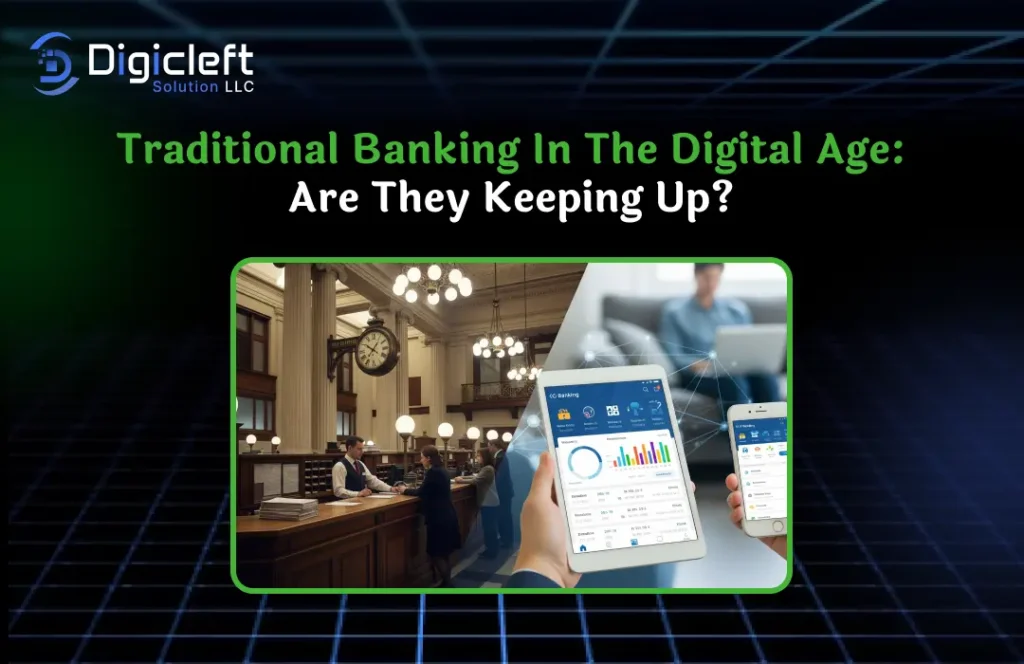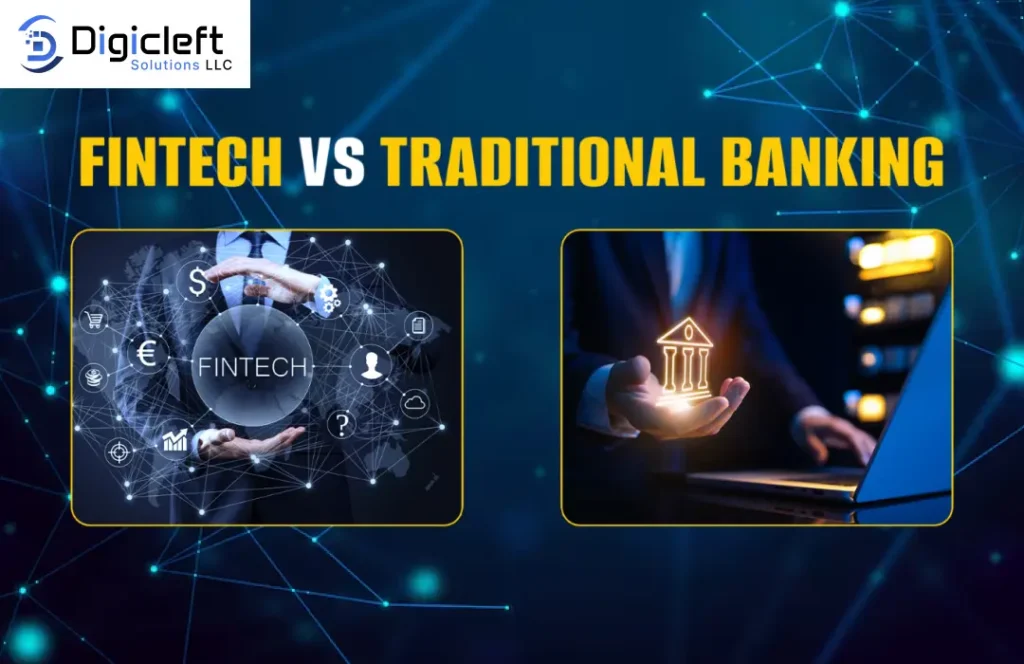
Banking has come a long way from long queues, passbooks, and paper slips. Today, we live in a world where money moves faster than messages, and financial services are available at the tap of a finger. But here’s the big question: Are traditional banks keeping up with this digital age?
Traditional Banking – A Quick Recap
Before the era of apps and e-wallets, banks were the backbone of financial trust.
Core strengths of traditional banks:
- Strong reputation and legacy trust
- Regulatory compliance and government backing
- Physical branches for personal interaction
The Digital Age of Finance
We’re in an era where financial transactions are expected to be instant.
What’s driving this change?
- Fintech startups offering seamless services
- Digital wallets replacing cash
- Customers demanding speed, security, and convenience
Are Traditional Banks Falling Behind?
Many traditional banks still run on outdated systems. Think of it as driving a vintage car on a modern highway it looks dependable but can’t keep up with Teslas zooming past.
Key issues:
- Legacy infrastructure slows innovation
- Long decision-making processes
- Lower focus on customer experience compared to fintechs
Digital Transformation Efforts by Banks
- Online banking platforms – replacing physical visits
- Mobile apps – real-time transfers, bill payments, investments
- AI-driven support – chatbots handling queries 24/7
Challenges in Digital Adoption
- Outdated legacy systems
- Strict regulatory hurdles
- Cybersecurity threats
Customer Expectations in 2025
- Anytime, anywhere availability
- Personalized services and insights
- Seamless, interruption-free transactions

Fintech vs. Traditional Banks
Fintechs are like speedboats—fast, agile, customer-focused. are like ships stable but slower to turn.
Fintech advantages:
- Speed of innovation
- User-friendly platforms
- Lower operating costs
Where banks still win:
- Established trust
- Wide customer base
- Strong regulatory backing
The Role of AI and Automation
- Chatbots – instant customer support
- Fraud detection – smarter anomaly tracking
- AI advisors – smarter financial recommendations
Blockchain and Banking
- Decentralization – no intermediaries
- Transparency – every transaction visible
- Adoption – some banks already using blockchain for cross-border payments
Case Studies
- DBS Bank – known for its world-class digital transformation
- JP Morgan Chase – heavy investments in AI and blockchain
The Human Touch – Still Relevant?
Despite all the tech, many still value personal interaction. Hybrid models (digital-first but human-ready) are becoming popular.
Future of Traditional Banks
- Partnerships with fintechs
- Digital-first branches
- More automation, less paperwork
How Businesses Like Digicleft Solution Help
- Building strong online presence for banks
- Driving customer engagement via digital marketing
- Helping banks connect with modern customers
Conclusion
Traditional banks are at a crossroads. The digital age demands speed, innovation, and customer-centricity. The future belongs to those who embrace technology while holding onto trust.
FAQs
1. Will traditional banks vanish completely?
Not likely. They’ll evolve and partner with fintechs.
2. What’s the biggest challenge in digital transformation?
Upgrading legacy systems while ensuring compliance and security.
3. Why are fintechs growing faster?
They’re agile, customer-focused, and less restricted by old systems.
4. Do customers still prefer branches?
Yes, for complex services. Routine tasks are moving online.
5. How can banks stay competitive?
By embracing AI, partnering with fintechs, and improving customer experience.


